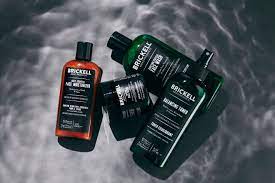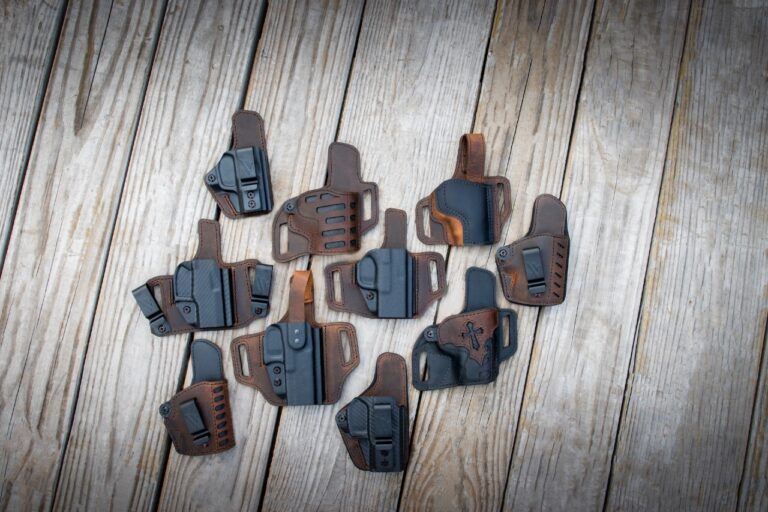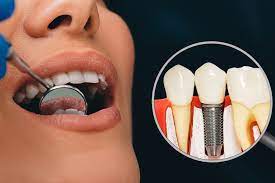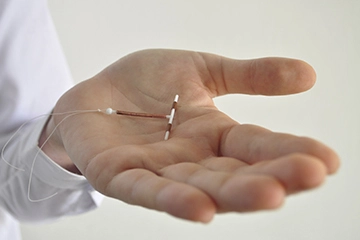Transforming Spaces: The Ultimate Guide to Designing Your Dream Fitted Bathroom
Fitted bathrooms have become a cornerstone of modern home design, blending functionality with aesthetic appeal to create spaces that are not only practical but also serene retreats within our homes. The concept of a fitted bathroom, where every component is carefully chosen to fit the space and meet the homeowner’s needs, offers a customised solution that maximises both space and style.
Contents
- Understanding Fitted Bathrooms
- Design Considerations for Fitted Bathrooms
- The Planning Process
- Choosing the Right Components
- Material Selection for Durability and Aesthetics
- The Installation Process
- Innovative Features to Consider
- Maintenance and Care
- The Environmental Impact of Fitted Bathrooms
- Cost Analysis and Budgeting Tips
- Hiring Professionals vs. DIY
- Trends in Fitted Bathroom Design
- Conclusion
Understanding Fitted Bathrooms
A fitted bathroom is a fully coordinated space where the furniture, storage, and fixtures are integrated into the design to create a cohesive look. This approach differs from traditional bathrooms, where components are often selected individually and may not always harmonise with the space.
Benefits
Fitted Bathrooms offer numerous advantages, including optimised space utilisation, enhanced storage solutions, and the ability to personalise the design to reflect individual tastes and needs. These bathrooms are designed with both aesthetics and functionality in mind, ensuring that every element works together to create a harmonious and efficient environment.
Design Considerations for Fitted Bathrooms
Space Optimization
One of the key benefits of fitted bathrooms is their ability to make the most of the available space, no matter how small. Clever design tricks, such as built-in storage and wall-mounted fixtures, can help to create a sense of openness while providing ample storage.
Style and Aesthetics
Fitted bathrooms allow for a high degree of personalization, enabling homeowners to choose from a wide range of styles, colours, and finishes to create their ideal bathroom. Whether you prefer a sleek, modern look or a more traditional aesthetic, a fitted bathroom can be tailored to suit your style.
Lighting and Ventilation
Good lighting and ventilation are essential for a comfortable and practical bathroom. Strategic placement of lights and vents can enhance the functionality of the space and contribute to a more pleasant and healthy environment.
The Planning Process
Initial Considerations
Before embarking on a fitted bathroom project, it’s important to consider your needs, preferences, and the limitations of your space. This initial planning stage is crucial for laying the groundwork for a successful design.
Professional Consultation
Consulting with a professional bathroom designer or architect can provide valuable insights and help to refine your vision. These experts can offer advice on how to best utilise the space and select the right components for your needs.
Budgeting
Establishing a budget early in the planning process is essential to ensure that the project remains affordable. This includes considering the costs of materials, labour, and any unexpected expenses that may arise.
Choosing the Right Components
Bathtubs and Showers
The choice between a bathtub and shower (or a combination of both) is a key consideration in any bathroom design. Factors such as space, functionality, and personal preference will influence this decision.
Toilets and Bidets
Modern fitted bathrooms often feature sleek, efficient toilets and bidets that not only save space but also offer improved hygiene and comfort.
Sinks and Vanities
Choosing the right sink and vanity can significantly impact the look and functionality of the bathroom. Options range from compact, space-saving designs to larger, statement pieces that can serve as the focal point of the room.
Storage Solutions
Adequate storage is a must in any bathroom, and fitted designs often incorporate innovative storage solutions that are both functional and stylish. From hidden cabinets to open shelving, there are options to suit every need and taste.
Material Selection for Durability and Aesthetics
Flooring Options
Bathroom flooring must be durable, water-resistant, and visually appealing. Materials such as ceramic tile, vinyl, and stone are popular choices that offer a balance of practicality and style.
Wall Treatments
Wall treatments in a fitted bathroom can include tile, paint, or wallpaper, each offering different aesthetic and practical benefits. Choosing the right materials can enhance the durability and appearance of the space.
Countertops
Like flooring and wall treatments, countertops need to be both functional and attractive. Materials such as quartz, granite, and laminate are commonly used for their durability and ease of maintenance.
The Installation Process
Preparing the Space
Before installation can begin, the bathroom must be properly prepared. This may involve demolition of existing fixtures, repair and preparation of surfaces, and any necessary structural modifications.
Plumbing and Electrical Considerations
Proper planning for plumbing and electrical work is crucial to ensure that all components function correctly and meet safety standards. This may require the services of licensed professionals.
Finishing Touches
The final stage of the installation process involves adding the finishing touches that bring the design together. This includes installing fixtures, painting, tiling, and any other decorative elements.
Innovative Features to Consider
Smart Technology
Incorporating smart technology into a fitted bathroom can enhance convenience and efficiency. Features such as digital showers, smart mirrors, and voice-activated controls are becoming increasingly popular.
Water-Saving Fixtures
Water-saving toilets, faucets, and showers not only help to conserve water but can also reduce utility bills. These eco-friendly options are an important consideration for many homeowners.
Heated Elements
Heated floors, towel racks, and even toilet seats can add a touch of luxury to a fitted bathroom, making it a more comfortable and inviting space.
Maintenance and Care
Cleaning Tips
Regular cleaning and maintenance are essential to keep a fitted bathroom looking its best. Using the right cleaning products and techniques can help to protect surfaces and extend the life of the components.
Long-term Upkeep
In addition to regular cleaning, periodic checks and maintenance can help to identify and address any issues before they become major problems. This includes inspecting plumbing, sealing, and hardware.
The Environmental Impact of Fitted Bathrooms
Sustainability Considerations
Choosing eco-friendly materials and practices can minimize the environmental impact of a fitted bathroom. This includes selecting sustainable materials, using water-efficient fixtures, and considering the energy efficiency of lighting and appliances.
Eco-friendly Materials and Practices
From recycled glass tiles to low-VOC paints, there are many options for creating a more sustainable bathroom. These choices not only benefit the environment but can also contribute to a healthier indoor space.
Cost Analysis and Budgeting Tips
Estimating Costs
Understanding the various factors that influence the cost of a fitted bathroom can help homeowners to budget effectively. This includes the cost of materials, labor, and any additional features or customization.
How to Save Money
There are several ways to save money on a fitted bathroom project without compromising on quality or style. This can include choosing cost-effective materials, doing some of the work yourself, or simplifying the design.
Hiring Professionals vs. DIY
Pros and Cons
Deciding whether to hire professionals or undertake a DIY project depends on several factors, including skill level, budget, and the complexity of the design. Each option has its advantages and drawbacks.
When to Hire a Professional
For complex projects or when specific skills are required, hiring a professional can ensure that the work is done correctly and to a high standard. This can save time and money in the long run, as well as reduce stress.
Trends in Fitted Bathroom Design
Staying informed about the latest trends in fitted bathroom design can help homeowners to create a space that is both stylish and functional. Current trends include minimalist designs, natural materials, and smart technology.
Conclusion
Fitted bathrooms offer a bespoke solution that can transform a functional space into a personal sanctuary. By carefully considering design, materials, and features, homeowners can create a bathroom that is both beautiful and practical. With the right planning and execution, a fitted bathroom can enhance the value and enjoyment of your home for years to come.





